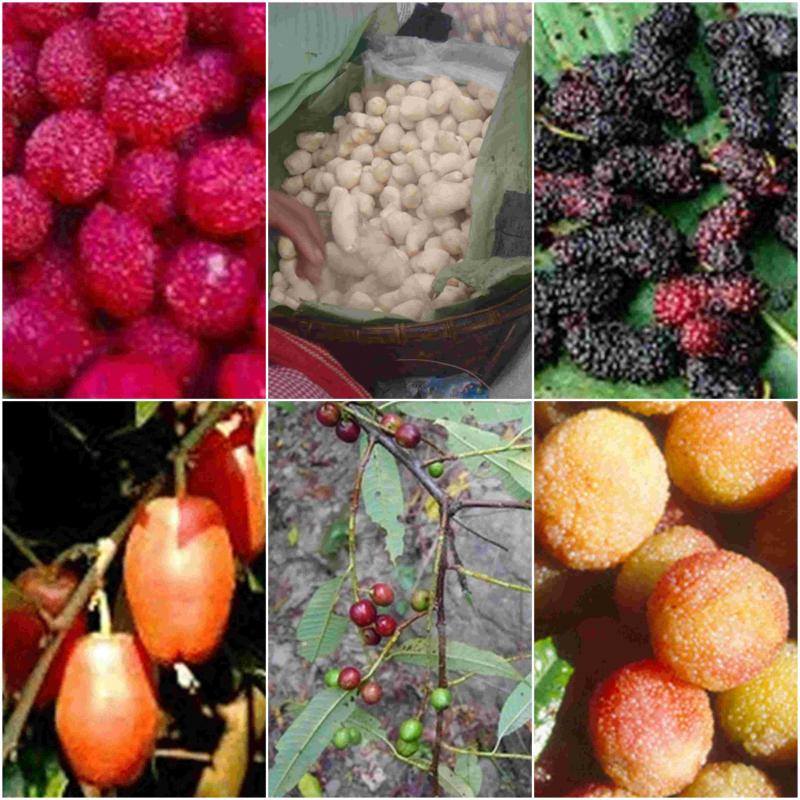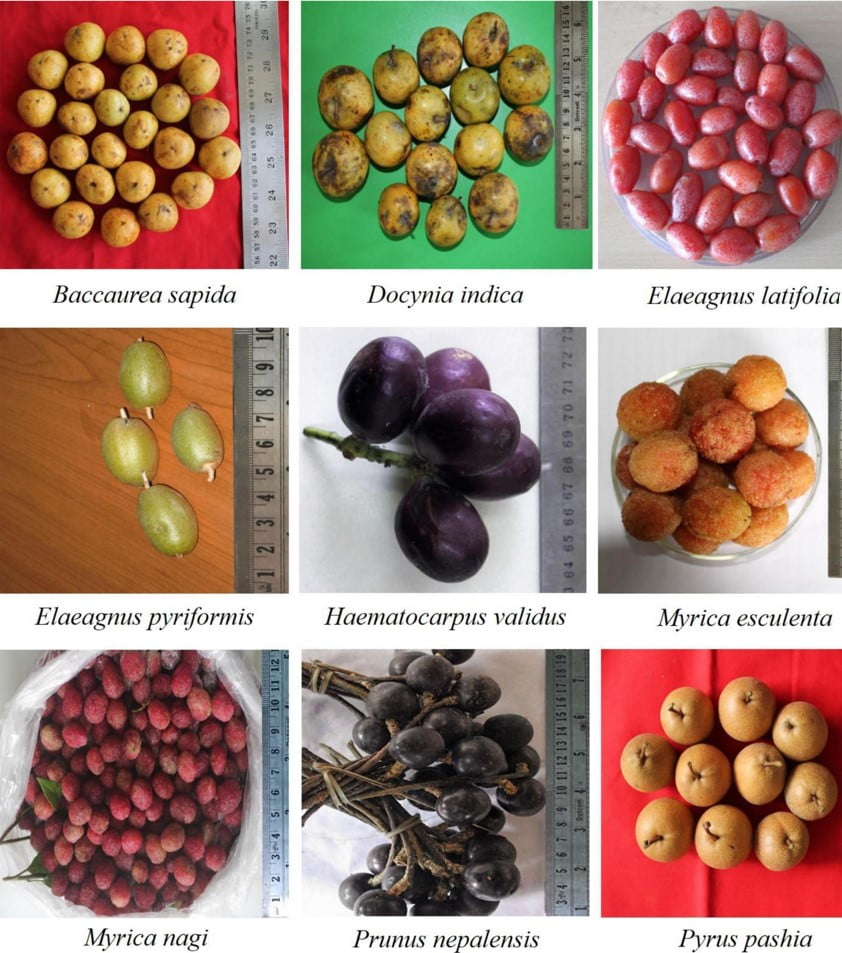The Himalayan region, including the Northeast region of India is known for its rich biodiversity and is home to different varieties of wild berries that are indigenous to the region. These wild berries are often found in the forests and natural habitats of the region and are part of the local culture and cuisine.
Some of the wild growing varieties of berries from the Northeast and Himalayan region include Amla (phyllanthus emblica), also known as Indian Gooseberry, Sohiong (mesua ferrea), Khasi papeda (citrus indica), wild raspberry (rubus spp.), blackberry (rubus fruticosus), wild strawberry (fragaria spp.), Gahor, known as Sikkim Raspberry, among others.

These are some examples of the indigenous berries found in Northeast India. The region is incredibly diverse, both ecologically and culturally, and there are many more local fruits and berries that are cherished and utilized by the indigenous communities living in the area.
However, over the years, the loss of indigenous berries from Northeast India is increasingly reported which is a concerning issue. Various factors contribute to their decline, of which some of the key reasons include:
- Habitat loss and degradation: The conversion of natural habitats into agricultural lands, urbanization, and infrastructure development leads to the loss and fragmentation of the habitats where these berries grow. This reduces the availability of suitable environments for their growth.
- Deforestation: Widespread deforestation, particularly for timber extraction, agriculture, and expansion of human settlements, has a detrimental impact on the natural ecosystems. The destruction of forests disrupts the ecological balance and negatively affects the growth and survival of native plants, including traditional berries.
- Climate change: The Himalayan mountains and northeast regions are experiencing the impacts of climate change, including altered rainfall patterns, rising temperatures, and changes in seasonal cycles. These changes can affect the flowering, fruiting, and overall growth of plants, including traditional berry species.
- Unsustainable harvesting practices: Over-harvesting of traditional berries without proper management and conservation practices can deplete their populations. Lack of regulations and unsustainable collection methods can lead to the decline of these valuable resources.
- Invasive species: The introduction of non-native plant species can compete with and displace traditional berry species, leading to their decline. Invasive species often have aggressive growth patterns that outcompete native plants for resources such as sunlight, water, and nutrients.
Addressing the loss of traditional berries requires a multi-faceted approach such as implementing conservation strategies including preserving forested areas, establishing protected areas, and promoting sustainable land-use practices. Restoring degraded habitats can help provide suitable environments for traditional berry species to thrive.

And also, it is important to implement regulations and guidelines for the sustainable harvesting of traditional berries can ensure their long-term availability. This involves promoting responsible collection methods, establishing harvest quotas, and involving local communities in conservation efforts. It is important for governments, local communities, and conservation organizations to work together to address these issues and ensure the sustainable management and conservation of traditional berries in the Himalayan mountains and northeast regions.

